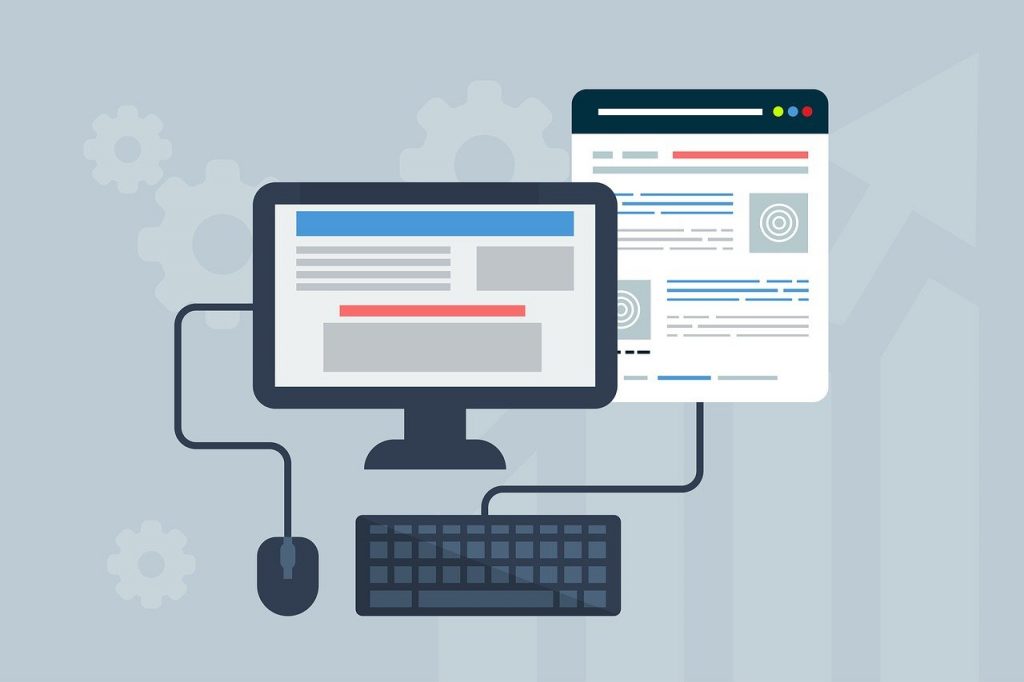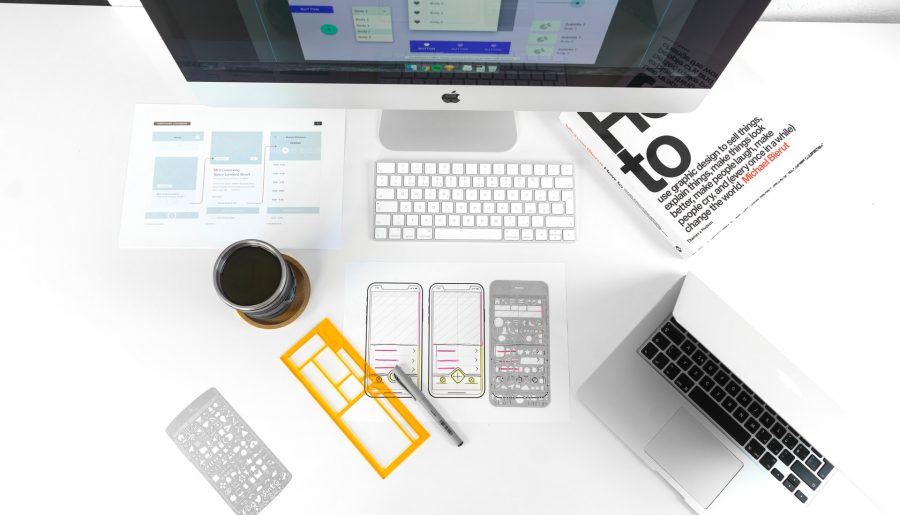User interface design is the process of designing digital interfaces with the goal to maximize user experience.
Digital interfaces include all electronic devices (software and machines) such as computers, mobile devices, home appliances, etc.
User interface designers focus mainly on usability. They create user-friendly interfaces that provide an aesthetic experience too. UI designer aims to build interfaces that are easy to use, pleasurable and efficient in achieving user goals. This is also called user-centered design.
Contents
The Difference between UX and UI Design
UX design is focused on measuring and optimizing the overall user experience.
UI design focuses on the visual and interactive aspects of the interface (how they function and how intuitive they are, but also how they look and feel).UX designer focuses on solving user problems and needs while UI designer focuses on details and visual elements of the user’s journey. The aim of user interface design is to provide a smooth and pleasant experience for users. UI combines visual design, interaction design, and information architecture.
User Interface Design Elements
UI elements are the parts of the interface that form the overall appearance of apps or websites.
Interface elements consist of:
- Input Controls
- Navigation Components
- Informational Components
- Containers
Input Controls
Input Controls allow users to interact with the interface and input some sort of information. Common input elements are:
- Text fields
- Date fields
- Forms
- Buttons
- Radio buttons
- Search bars
- Checkboxes
- Modals
- List boxes
- Dropdown lists
- Toggles…
Navigational Components are a crucial part of user interface design. They help users to navigate around websites (or products) so they can complete their goals easily.
Examples of navigational components include:
- Menus
- Breadcrumb
- Tab bars
- Sliders
- Tags
- Pagination
- Navigation drawers
- Navigation bars…
Informational Components
Informational Components share relevant information with users. In some cases, these components can be used to keep users engaged.
Some of the Informational components are:
- Notifications
- Tooltips
- Icons
- Progress bar
- Message boxes
Containers
Containers hold related information together. These elements are a way to group content and save space on your website because they include lots of information in a limited area.
Examples of containers are:
- Accordion
- Carousels

Best Practices for User Interface Design
There are some rules and techniques for creating the best UI design.
Let’s dive into them:
Keep Usability in Mind
Users want to complete their tasks with minimum effort. Therefore you should always keep the interface simple so that users are able to reach their goals quickly and easily. Try to deliver intuitive experiences and avoid all the unnecessary elements. Use clear language in your messaging and make complex tasks as easy as possible.
Be Consistent
Consistency is one of the most important factors in creating great user interface design.
For reaching consistent design it’s helpful to use common elements and create patterns in your layout. Every element on your web should help users to get things done quickly.
Always be consistent in the structure of the page and page layout. Place items and elements according to their importance and relationships between them.
Correct placement of elements can draw users’ attention to the most important information. You can also direct users’ attention by strategically using color, contrast, or size (larger and more colorful buttons will attract their attention more).
Make Users Comfortable
Every user wants to feel comfortable when using a product or service. Thus you should avoid complex interfaces and ensure that your users navigate through them easily. There are some tips to help you with this:
- Your website should always include main menu
- With progress bar you can prevent impatience in users
- Give users cues that help them predict what will happen when they do certain action
- Enable users opportunity to to undo their action or to go back to a previously visited page
You got the idea…
The goal is to make navigating your website as predictable as possible.
Keep in mind that users should be able to enjoy exploring the interface. They should never be wondering what will happen when they click on a button or link or how they will get to the main page.


1 thought on “User Interface Design: Best Practices for UI Design + Important Elements”